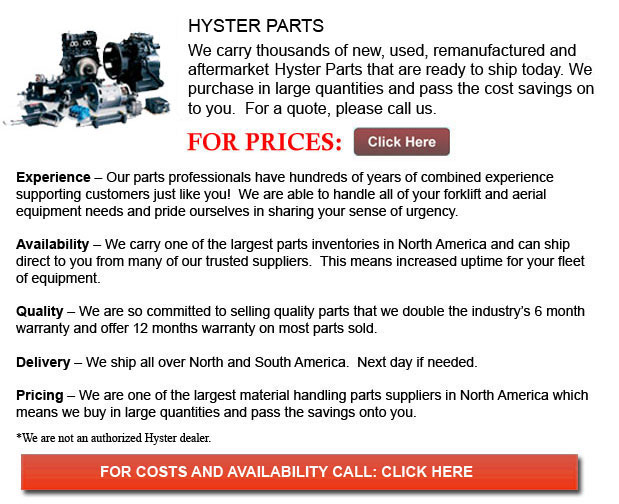
Hyster Forklift Part - As a world leader in forklift trucks, Hyster continuously strives for superiority in product quality and safety. However, it began as a manufacturer of lifting equipment as well as winches. Most of its production was concentrated in the Pacific Northwest and dealt mostly with the wood and logging industry. A couple years after the first forklift trucks were invented Hyster became synonymous with quality manufacturing. Over the last 80 years Hyster has continued to expand and develop its product line. The expansion of its products coupled with its want to stay service oriented has allowed Hyster to mature into the international participant it is nowadays.
Some of the main inflection points in Hyster's history occurred between the 1940's and the 1960's. In 1946, Hyster opened a plant in Illinois that was entirely dedicated to bulk manufacturing trucks. This allowed Hyster to force its expenses down and, at the same time, offer a better quality product at industry aggressive rates. In 1952, Hyster began its first foray in to the international production market through opening its first plant in the Netherlands. The Netherlands plant was originally designed to produce two products: Hyster 40" and the Karry Kranes.
The ever varying needs of Hyster clients and Hyster's skill to continue to innovate led to rapid growth throughout the 1950's and 60's. They began building container handlers in the United states in 1959 to satisfy the ever growing demand for transportation goods. In 1966, Hyster developed a system for allowing a lift truck to go both forward and backwards using the same pedal. This pedal was known as the Monotrol pedal, which revolutionized the industry. Later in the decade Hyster opened a R and D centre in Oregon that was focused on enhancing the design and performance of forklifts. The centre is still one of the world's best testing facilities in the materials handling industry.
In the 1960's Hyster experienced rapid expansion. Much of the business was shifting towards bulk production. To keep up with the times Hyster was inclined to focus on the evolution of these mass markets. As a consequence, in 1970, the XL design philosophy was born. The XL design philosophy allowed Hyster to afford better quality at a more inexpensive cost. A further expansion in production capabilities was necessitated by the need in Europe for Internal Combustion Engine Vehicles. To plug this hole, a plant in Craigavon, Ireland was opened in 1980. Through the 1980's Hyster continued to focus on developing industry leading lift trucks. The Hyster brand name was known throughout the globe for its commitment towards excellence. This attention to excellence produced many suitors for the business. In 1989, a large multinational business based in Santa Maria called NACCO Industries purchased Hyster and began an aggressive growth plan. NACCO rapidly replaced the XL philosophy with a more driver oriented forklift that concentrated on operator comfort, which is known as the XM generation of trucks.
The shift in supply change management to a much more just-in-time focused system has meant that Hyster has had to constantly make investments in brand new technology. Acquisitions and investments were made in the US, Italy, Netherlands, and various other places all over the globe. All of these investments have made Hyster a global leader in the lift truck market. In 2009, Hyster celebrated its 80th anniversary as an industry leader of materials handling equipment, which consists of more than three hundred assorted versions of lift trucks.
![]() Click to Download the pdf
Click to Download the pdf
Forklift Parts
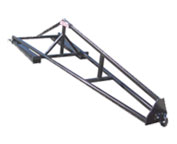
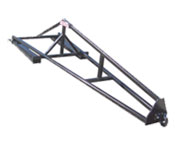
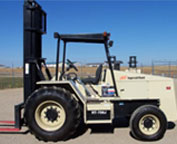
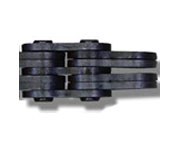
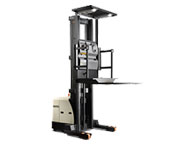
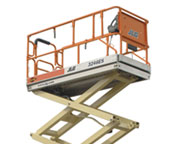
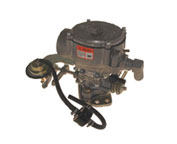
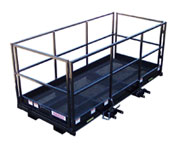
Lift Parts Express
TOLL FREE: 1-888-695-7994
LOCAL: 805-219-4019
237 TOWN CENTER W-136
Santa Maria, California
forkliftpartssantamaria.com
Email Us
About Us


